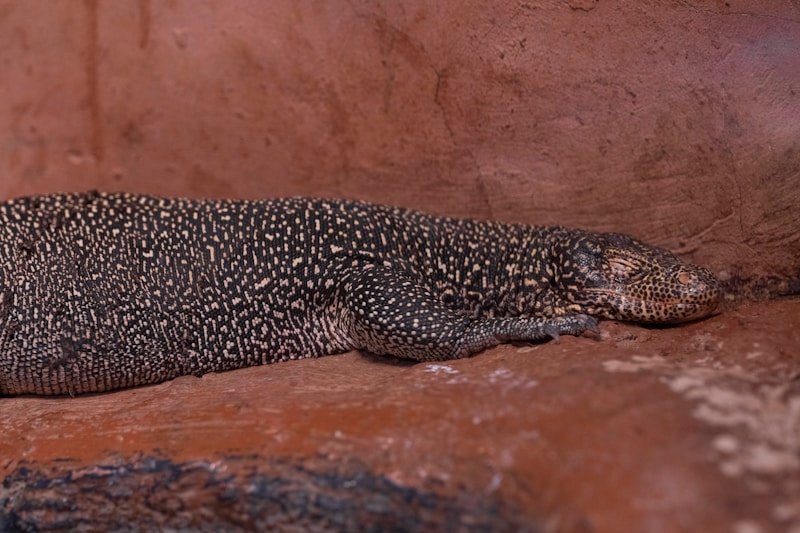When most people see a hard-shelled reptile, the instinct is to call it a “turtle.” But did you know not all turtles are the same? The world of these fascinating, shelled creatures is more complex than many realize. The names turtle, tortoise, and terrapin are often used interchangeably, but they actually refer to different groups of animals with distinct characteristics and lifestyles. Understanding their differences helps us better appreciate their role in ecosystems and the unique adaptations that have helped them survive for millions of years.
What’s the Difference? A Matter of Habitat and Adaptation
The main difference among turtles, tortoises, and terrapins lies in where they live and how they’ve adapted to their environments. While all three belong to the order Testudines, they have diverged based on habitat.
-
Turtles generally live in or near water. This group includes sea turtles, freshwater turtles, and other aquatic or semi-aquatic species. They have streamlined shells and webbed feet or flippers for swimming.
-
Tortoises are land-dwellers. They have dome-shaped shells and sturdy, elephant-like legs adapted for walking on dry ground. They are slow but steady creatures, usually found in deserts, grasslands, and forests.
-
Terrapins are a kind of turtle that lives in brackish or freshwater habitats. The word “terrapin” is more commonly used in the United Kingdom and parts of the eastern United States. Terrapins often have characteristics that bridge the gap between turtles and tortoises, such as a semi-aquatic lifestyle.
In short, if it lives mostly in water, it’s likely a turtle. If it lives on land, it’s a tortoise. If it splits time between land and water in brackish environments, it’s probably a terrapin.
Anatomy and Shell Differences
Although turtles, tortoises, and terrapins all have shells made of bone and covered by scutes (plates of keratin), the shape and structure of those shells differ based on lifestyle.
Turtles, especially sea turtles, have flatter, more streamlined shells to glide through water efficiently. Their limbs are adapted for swimming—either flipper-like or webbed. Tortoises, on the other hand, have heavy, domed shells that provide extra protection from predators and the elements. Their legs are short and strong, ideal for carrying their bulky bodies over land. Terrapins often have a shell shape and limb structure that reflects their semi-aquatic life—somewhere between the sleek design of a turtle and the sturdy build of a tortoise.
Another interesting fact: none of these creatures can leave their shell—it’s a permanent part of their skeleton. Their spine and rib cage are fused to the shell, making it both armor and framework.
Behavior and Diet
These reptiles also vary in terms of diet and daily habits, again largely influenced by their environment.
-
Turtles are often omnivores. Aquatic turtles like red-eared sliders eat insects, small fish, aquatic vegetation, and even carrion. Sea turtles, depending on the species, can be herbivores (like green sea turtles) or carnivores (like loggerheads).
-
Tortoises are mostly herbivores. They eat grasses, fruits, and leafy greens, although some will occasionally eat insects or worms. Their slow metabolism means they can go for long periods without food or water.
-
Terrapins tend to have a mixed diet. They might eat snails, fish, insects, and aquatic plants. Their feeding habits change with seasons and habitat conditions.
Behaviorally, tortoises are solitary and spend much of their time burrowing or basking. Turtles and terrapins are more likely to be active swimmers and may be seen basking on logs or rocks near water.
Conservation and Human Impact
Unfortunately, many species of turtles, tortoises, and terrapins are under threat due to habitat loss, pollution, climate change, and the pet trade. Sea turtles are especially vulnerable due to ocean plastic, fishing nets, and coastal development. Tortoises often suffer from illegal poaching and habitat destruction, particularly in arid regions.
Terrapins, such as the diamondback terrapin found in U.S. coastal marshes, face risks from pollution, road mortality, and drowning in crab traps. Conservation efforts vary, but often include habitat protection, breeding programs, and public education.
It’s crucial for humans to respect these ancient reptiles and work toward preserving the ecosystems they depend on. Each plays a role in balancing natural environments—whether it’s controlling jellyfish populations (sea turtles) or dispersing seeds (tortoises).
In conclusion, while turtles, tortoises, and terrapins may look similar, their differences in habitat, anatomy, and behavior reveal just how diverse and fascinating the reptile world is. By understanding these creatures and the challenges they face, we can become better stewards of their future—and perhaps our own.

